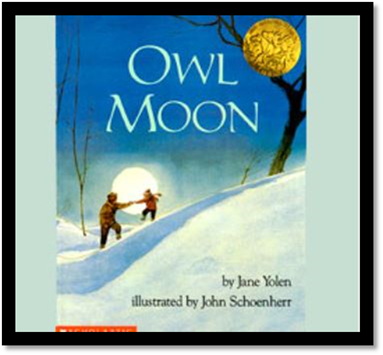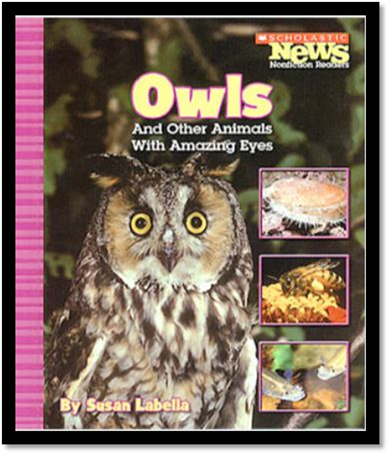Sequence and Character
Action
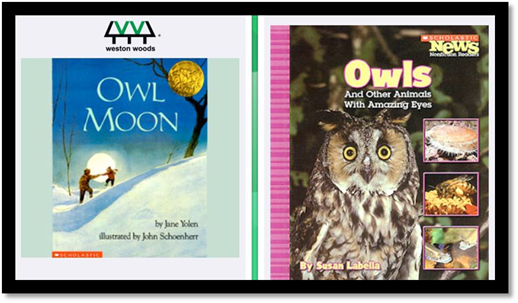
Figure 1 BookFlix
Unit Overview
This unit focuses on Sequence, Character Actions, Simple, Compound, Complex Sentences,
and Narrative Writing. You will be able to accomplish the following
objectives by the end of this unit:
1.
I can use spelling patterns
and rules to help me spell new words. L.3.2.F
2.
I can ask and answer
questions to show that I understand the stories that I am reading. RL.3.1
3.
I can find the answers to
specific questions within the stories that I read. RL.3.1
4.
I can describe characters
in stories and explain how their actions affect the story. RL.3.3
5.
I can describe how new
parts of fiction build on the parts that have already happened. RL.3.5
6.
I can edit my writing with
the help of peers and adults. W.3.5
7.
I can write for short time
frames or over a more extended period, depending on my purpose, audience, and
topic. W.3.10
8.
I can say and write simple,
compound, and complex sentences. L.3.1.I
Spelling List
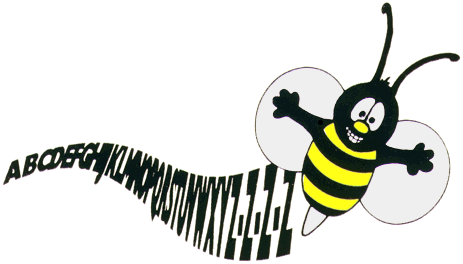
|
under |
use |
few |
|
such |
your |
new |
|
much |
you |
fuel |
|
young |
unit |
human |
|
touch |
cute |
music |
Let's Practice
Click on Spelling Training to practice your spelling words. Add
each of your spelling words to the list. Then, complete one of the activities
below the list.
Vocabulary List
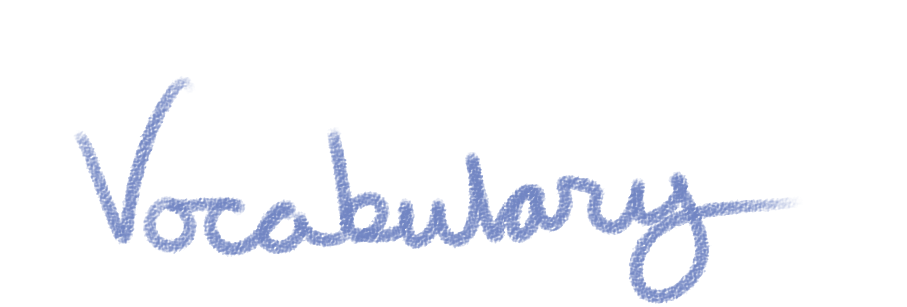
|
brave |
To not
be afraid; to have courage |
|
moon |
A rocky sphere that
orbits Earth |
|
owl |
A kind
of bird of prey that hunts at night |
|
quiet |
The absence of sound |
|
shadow |
An
image that is made from light |
|
statues |
Forms that are like
models of the real thing |
|
train |
A kind
of transportation that has cars that run on tracks |
|
whistle |
A kind of high-pitched sound |
Above is your list of vocabulary words with their definitions.
Be sure to study and practice these words daily before you begin
your reading lessons.Above is your list of vocabulary words with their definitions.
Let's
Practice
Below is a Quizlet activity on your vocabulary words for the unit. You should practice the Flashcard and Learn activities each day during the week of this unit.
Sequence
The sequence is the order of
events in a story. The sequence of events includes what happens at the beginning
of the story, in the middle, and at the end.
If the events happened in a different order, the story would be different.
Words such as first, next, then, after, last, and finally are
clue words that will help you understand the events' sequence. Look for those
words as you read. When you retell a story, be sure to tell what happened in
the correct order.
Below is a list of signal words:
|
first |
second |
next |
|
last |
another |
finally |
|
after that |
before |
then |
Let's
Practice
IXL Skill Check – Go to the Unit
Resource tab on the left and click Put the sentences in order to
complete the skill.
Character
Actions
When you think about a character's actions, you think about how the character behaves. You
use what you know about how people behave in different situations to understand
why or how a characters in a story act the way they do. Character motivations
are the reasons characters do something. Motivations can be love, anger, or
ambition (a goal or desire). A character's actions affect the sequence of
events in a story.
For example, if a character is late to school,
this may affect what happens at school.
As you read, think about how a character's
actions affect the events in the story.
Let's
Practice
IXL Skill Check – Go to the Unit
Resource tab on the left and click Use actions and dialogue to understand
characters to complete the skill.
Reading Log & Journal
Writing journals can be
compelling to you as a student. It helps you respond to your
Read-Aloud and Oral Readings to gain further understanding. You must
write at least one journal per unit in this course based on one of your
readings. Click on the Unit Resource icon to
the left of your screen to download the Reading Log & Journal template. Also,
you have an option to create your journal book for this course.
Reading
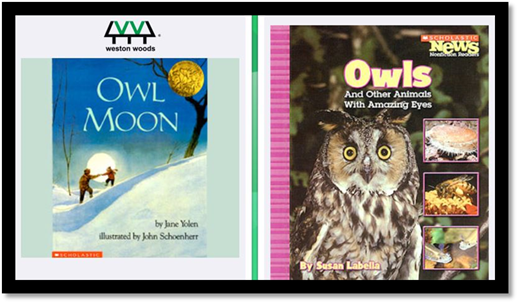
The above two stories will be used for your
Read Aloud and Oral Reading activities.
Read-Aloud
Your read-aloud is a realistic fiction
story called "Owl Moon." Realistic fiction is a genre consisting of stories that could have
occurred to people or animals in a believable setting.
These stories resemble real life, and fictional characters within these
stories react similarly to real people.
Owl
Moon is the story of a girl and her
father who go in search of an owl. To find an owl, they wait until dark. Then
the girl and her father begin a silent adventure. They get all bundled up, head
out into the snow, walk through the woods, and wait. They have to be very quiet
if they are going to find an owl. Sometimes owls come, and sometimes they don't.
When you go owling, all you can do is head outside and hope that it will be
your lucky night.
Make
sure to listen and look for the vocabulary words as you listen and read the
stories below.
Remember
learning about the plot in unit 4? See if you can figure out the plot (turning
point or climax in this story.)
Our
focus skills in this unit are sequencing and character structure. Pay special
attention to the little girl in the story. You will also be asked to put events
from this story in the order in this unit's questions section.
Click the image below to begin your read-aloud
activity.
Were you able to identify the vocabulary words
from the story?
Let's Practice
Oral Reading
Your oral reading is a nonfiction text
called "Owls." This
text introduces readers to the behaviors of nocturnal owls and other animals
with exceptional eyesight. You will be reading (or listening to) a nonfiction
book about owls. A nonfiction book contains facts about a subject.
Click the image below to begin your oral
reading activity.
Owls
are nocturnal and have excellent eyesight. Do you know of any other nocturnal
animals that are busy hunting, playing, and building their homes when people
are fast asleep?
Let's Practice
Every sentence has two parts: a subject and a predicate.
·
The subject tells who or what the sentence is about. It contains a noun or pronoun.
·
The predicate tells something about the subject in the sentence. It contains a verb.
A simple
sentence is a single, independent clause, and it expresses ONE single complete thought.
·
Tip: a simple sentence is
also called an independent clause
A compound
sentence contains TWO or more independent clauses, which
we can also call a simple sentence.
·
the two independent clauses are joined by a comma (,)
·
Tip: look for these
conjunctions: for, and, nor, but, or, yet
A
complex sentence combines TWO or
more related ideas into a single sentence.
·
A complex sentence has at least one independent clause and one
or more dependent clauses.
·
Tip: look for these
subordinating conjunctions: after, before, because, although, when,
since, if, unless, while
Let's
Practice
IXL Skill Check – Go to the Unit
Resource tab on the left and click Create compound sentences to
complete the skill.
Narrative
Writing: Editing
Learning to write is like learning to read.
Both follow a sequential process. The Writing
Process includes several steps to guide you from writing to creating a
finished piece. We will be using the writing process to write a narrative
essay. In this unit, we are focusing on editing.
|
Prewriting à |
draw a
picture talk it
out make a
web or diagram |
|
Draft à |
get ideas
on paper guess and
go |
|
Revise à |
vary
beginning sentences vary the length
of sentences use more
vivid words avoid
overused words |
|
Edit à
|
correct
misspelled words correct capitalization
correct
punctuation indent
paragraphs |
Let's
Practice
IXL Skill Check – Go to the Unit
Resource tab on the left and click Commas: review to complete the
skill.
IXL Skill Check – Go to the Unit
Resource tab on the left and click Capitalization: review to complete
the skill.
Cursive Handwriting

Do you see the two arches
in the picture? If you squint your eyes
just a bit and use your imagination, can you see the downcurve, the overcurve,
and the undercurve in the arches? With
your finger, trace the curves in the picture.
Quite likely, you remember
that there are four basic strokes in cursive writing. The overcurve is just one of them.
Now, we are going to take a
look at all of the strokes.
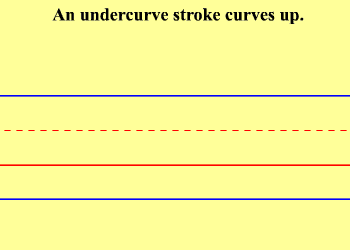
Now, let's try to identify
the four strokes as we see them in letters.
Click on the Unit Resource icon to
the left of your screen to practice the Four Strokes.
